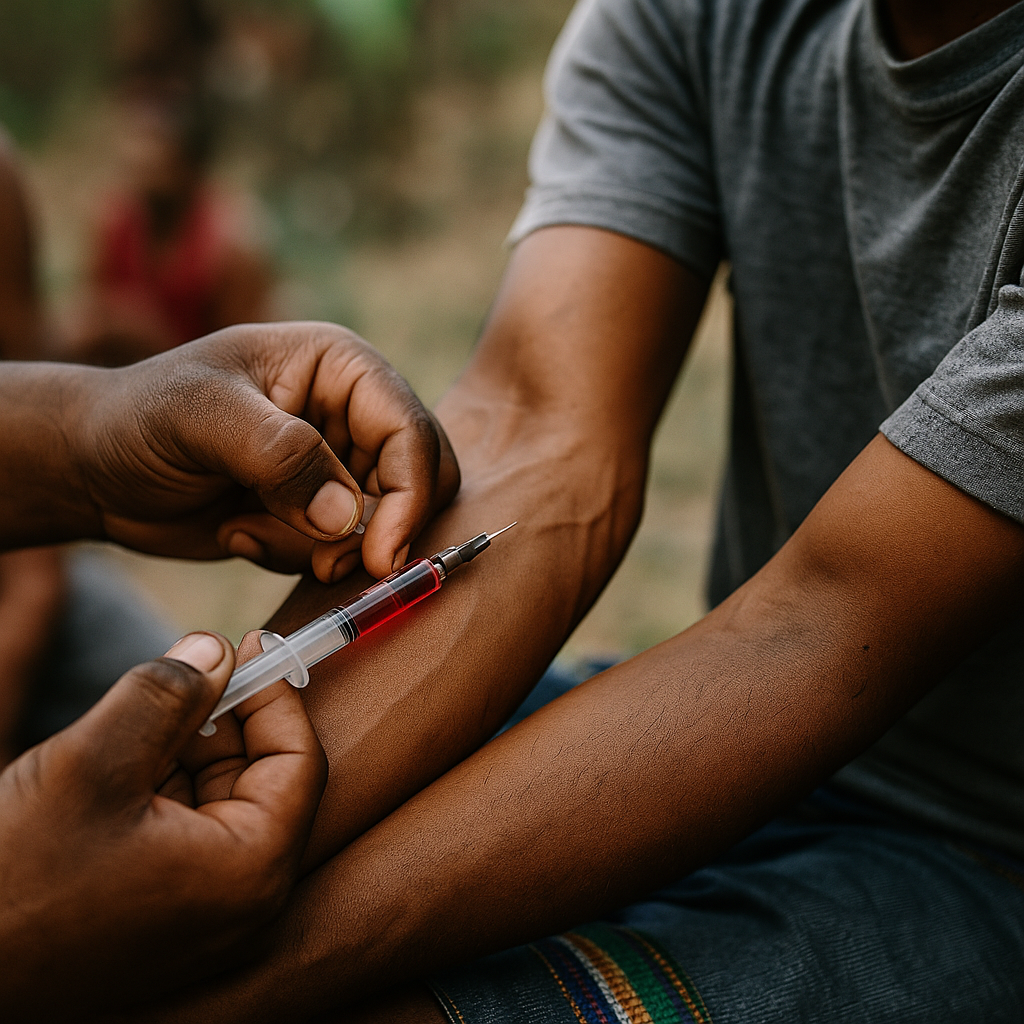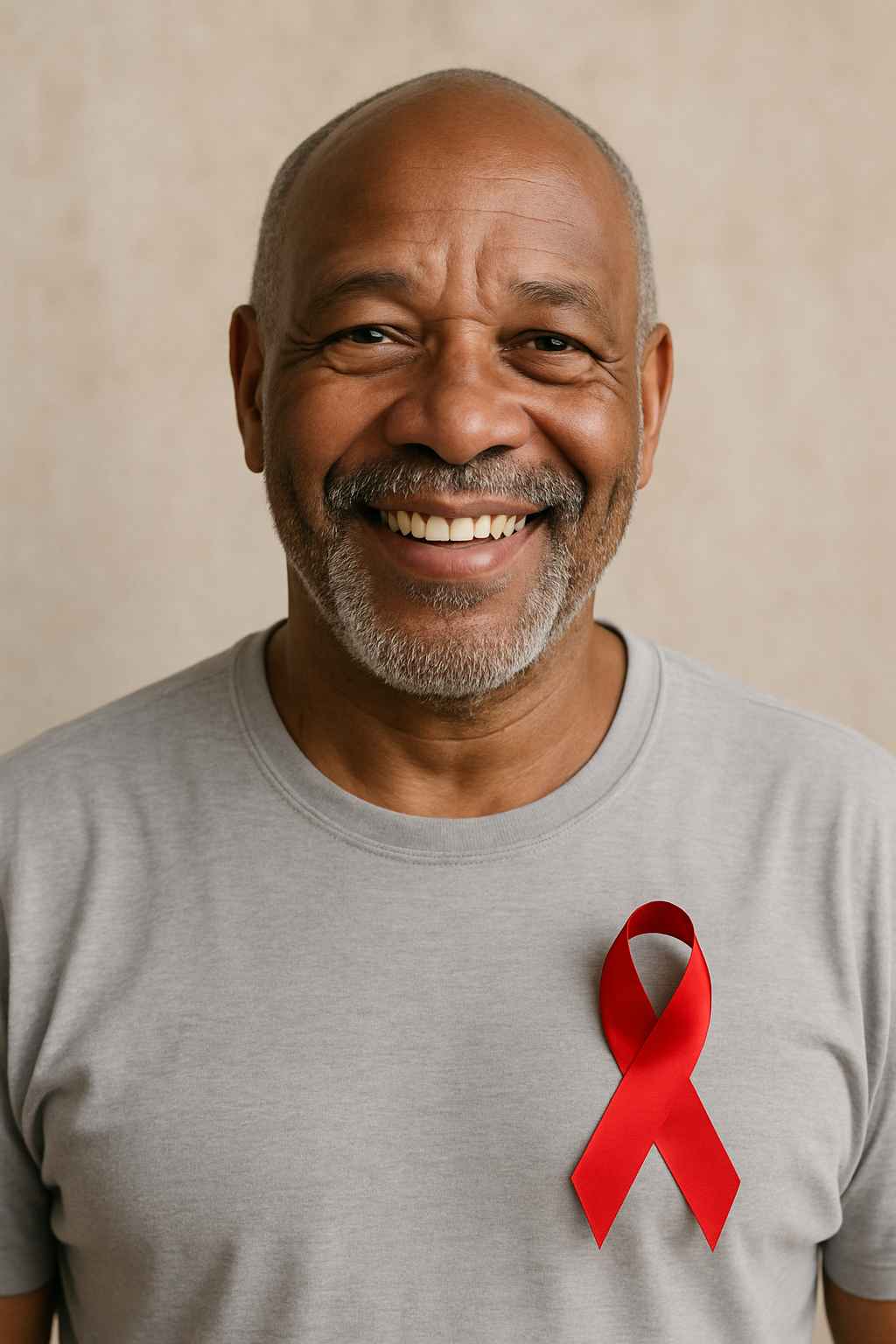
Introduction
Can someone living with HIV have a healthy baby? This is one of the most important and common questions for people navigating both HIV and family planning. The simple answer is yes, it is possible to have a child with HIV, but it is also possible to prevent transmission entirely with modern medical care. Advances in treatment and proactive health strategies have significantly reduced the risk of passing HIV from parent to child.
This article explores what you need to know about having a child with HIV—whether you are living with the virus yourself or concerned about potential transmission. With the right support and medical guidance, building a family is absolutely within reach.
Table of Contents
- Understanding HIV Transmission to Children
- Medical Strategies for Preventing Transmission
- Raising a Child with HIV: What to Expect
- Emotional Support and Healthcare Access
Understanding HIV Transmission to Children
HIV can be transmitted from a mother to her baby during pregnancy, labor, delivery, or breastfeeding. This is known as perinatal or vertical transmission. Without medical intervention, the risk of passing the virus from an HIV-positive mother to her child ranges between 15% and 45%.
However, with proper treatment and care, the chance of having a child with HIV drops dramatically. According to the Centers for Disease Control and Prevention (CDC), if an HIV-positive pregnant woman receives appropriate antiretroviral therapy (ART), the risk of transmission can be reduced to less than 1%.
The key factor is early diagnosis. Prenatal HIV testing helps doctors start treatment as soon as possible, significantly reducing transmission risk. For women already diagnosed before pregnancy, continuing ART consistently is vital.
Paternal HIV also needs to be considered. If the father is HIV-positive and the mother is HIV-negative, techniques like sperm washing and in vitro fertilization can be used to prevent transmission to both the mother and child.
Medical Strategies for Preventing Transmission
Medical advances have made it possible for couples affected by HIV to have children safely. The main strategy centers around strict adherence to antiretroviral therapy.
Antiretroviral Treatment (ART)
The use of ART during pregnancy helps suppress the mother’s viral load to undetectable levels. This is essential for minimizing the risk of transmitting HIV to the baby. Drugs commonly used include zidovudine (AZT), lamivudine, and tenofovir. Women with an undetectable viral load have a very low chance of transmission.
Cesarean Delivery
In some cases, especially when viral suppression isn’t achieved, a scheduled cesarean section may be recommended to reduce transmission during delivery. This is usually advised when the viral load is above 1,000 copies/mL near the time of birth.
Postnatal Care for the Infant
Babies born to HIV-positive mothers are often given antiretroviral medication such as zidovudine for 4 to 6 weeks after birth. This further reduces the risk of infection.
Breastfeeding Considerations
In the U.S. and other countries where formula feeding is safe and accessible, HIV-positive mothers are usually advised not to breastfeed. Breast milk can carry the virus, and avoiding breastfeeding eliminates another transmission route. However, in resource-limited settings where clean water isn’t available, exclusive breastfeeding along with maternal ART is considered safer than mixed feeding.
Couples and individuals exploring these options may benefit from consulting with an HIV-experienced provider at Healthcare.pro.
Raising a Child with HIV: What to Expect
If a child with HIV is born or diagnosed, early intervention is key to ensuring a long and healthy life. Thanks to ART, children living with HIV can grow up with a similar life expectancy to their peers.
Diagnosis and Monitoring
HIV testing for newborns begins shortly after birth. Since maternal antibodies can linger in the baby’s system for up to 18 months, viral load testing is often used for accurate diagnosis. If HIV is detected, starting treatment early leads to better outcomes.
Daily Medication and Care
Children living with HIV typically take daily antiretroviral medications. Pediatric formulations and once-daily dosing options are available to help with adherence. Routine checkups monitor viral load, CD4 counts, and overall development.
Managing Stigma and Disclosure
One of the biggest challenges in raising a child with HIV is addressing social stigma. Families should receive guidance on when and how to disclose the diagnosis in age-appropriate ways. Peer support groups, therapists, and counselors can help children understand their condition and build resilience.
Resources like Health.HealingWell.com can offer emotional support and community guidance from others facing similar experiences.
Vaccinations and School Life
Children with HIV should follow the standard vaccination schedule, unless otherwise advised. With proper treatment, they can attend daycare and school like any other child. Ensuring privacy while advocating for appropriate care is part of building a healthy environment.
Emotional Support and Healthcare Access
Having or raising a child with HIV presents emotional and logistical challenges. However, having access to knowledgeable providers and strong social support makes a world of difference.
Mental Health and Family Support
The stress of living with or caring for someone with HIV can be intense. Therapy, support groups, and online forums help parents and caregivers manage anxiety, guilt, or grief. Families should also prepare for discussions around relationships, treatment, and disclosure as the child matures.
Healthcare Navigation
It is important to build a medical team that includes pediatric infectious disease specialists, social workers, and mental health professionals. Clinics that specialize in HIV care can help coordinate treatment and connect families with financial and social resources.
Government programs such as the Ryan White HIV/AIDS Program may offer support to low-income families. Staying informed about healthcare rights ensures that children receive the coverage and care they need.
Hope Through Innovation
Advances in HIV care continue to expand the possibilities for people living with HIV. Long-acting injectables, improved pediatric medications, and potential cures under research all signal a brighter future.
Conclusion
Having a child with HIV is no longer a barrier to a full, healthy life. Whether you’re living with the virus yourself or raising a child who is, the key to success lies in early intervention, consistent medical care, and strong emotional support. With the right information and healthcare, families affected by HIV can thrive and grow.
Frequently Asked Questions (FAQs)
Can a woman with HIV have a healthy baby?
Yes. With proper treatment and medical care, an HIV-positive woman can have a baby who is HIV-negative.
What are the chances a baby will get HIV from their mother?
Without treatment, the chance ranges from 15% to 45%. With ART, the risk drops below 1%.
Can HIV be transmitted during breastfeeding?
Yes. Breastfeeding can transmit HIV, which is why formula feeding is recommended where it is safe and available.
What support is available for families with a child who has HIV?
Programs like Ryan White and clinics specializing in pediatric HIV care provide financial, emotional, and medical support.
Is it safe for a child with HIV to go to school?
Absolutely. With proper treatment, children with HIV can attend school and participate in all typical activities.
Disclaimer
This content is not medical advice. For any health issues, always consult a healthcare professional. In an emergency, call 911 or your local emergency services.



